Military stopwatch German used II Second World War by Kriegsmarine and works
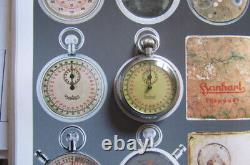
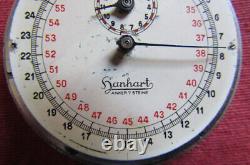
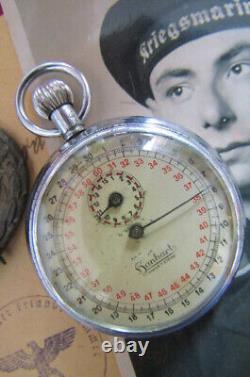
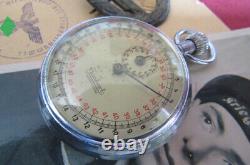
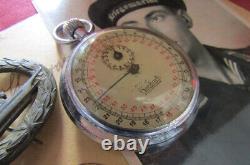
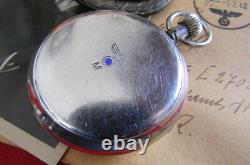
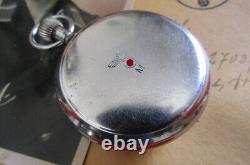
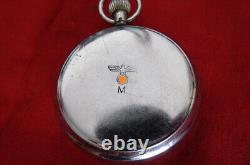
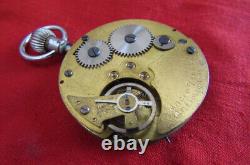
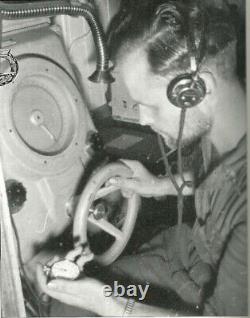

German stopwatch used during the Second World War, Hanhart brand, which works. Additionally, on the back of the stopwatch, you can see a control mark, with the German eagle of the time (see attached photos), and below it, the letter M, used to identify measuring instruments intended for use by the navy. The symbol has been removed from the photos. This type of stopwatch was used on German U-boat submarines to calculate the impact time of torpedoes when they were fired. In the advertisement, a curious photo is attached, not included in the sale, where you can see a German submarine crew member using this type of stopwatch.
The stopwatch is very well preserved for the number of years it has been worn (see attached photos). The diameter of the chrono body (size) is 51 millimeters, not counting the crown.
Other features of the chrono: Nickel-chrome case. It has only one button: to wind, start, stop, and to set the needles to 0. It has two hands, the larger one is for calculating seconds (30-second cycles), and the smaller hand is calculating minutes (15-minute cycles). The outer numbers measure time in seconds and each second has, as you can see, ten divisions that are equivalent to tenths of a second.I think the interior red numbers fulfill the same function as other stopwatches, although I don't know if this is the case in this one because the scale is different, they mark the distance traveled by the target in a certain time. This measurement is the one that was made while observing the target while it follows its route, and is only valid if the length of the target was known, and it was used to know its speed, which was an important data to calculate the resolution of the shot.
To obtain this information, the officer observing through the periscope would notify a member of the crew who was next to him to start timing when the target passed a reference mark on the periscope or UZO, and when the target had completely passed that mark, the stopwatch was stopped, and the speed was calculated. The stopwatch was also used to know when the torpedo should hit the target and control its path. Say that, for example, a torpedo launched at a distance of 1000 meters to the target at 30 knots took just over 1 minute to reach it, a time that was measured with the stopwatch. In the first photo of the advertisement, I have placed a photo of a page from a German book specialized in military watches from World War II, where this stopwatch model appears. I have placed next to the photo in the book, the stopwatch that I have for sale, so that you can see that it is the same model.In the advertisement, 10 photos are attached, where you can see the state of conservation of the stopwatch. Interesting piece, very, very rare to find, and working!

